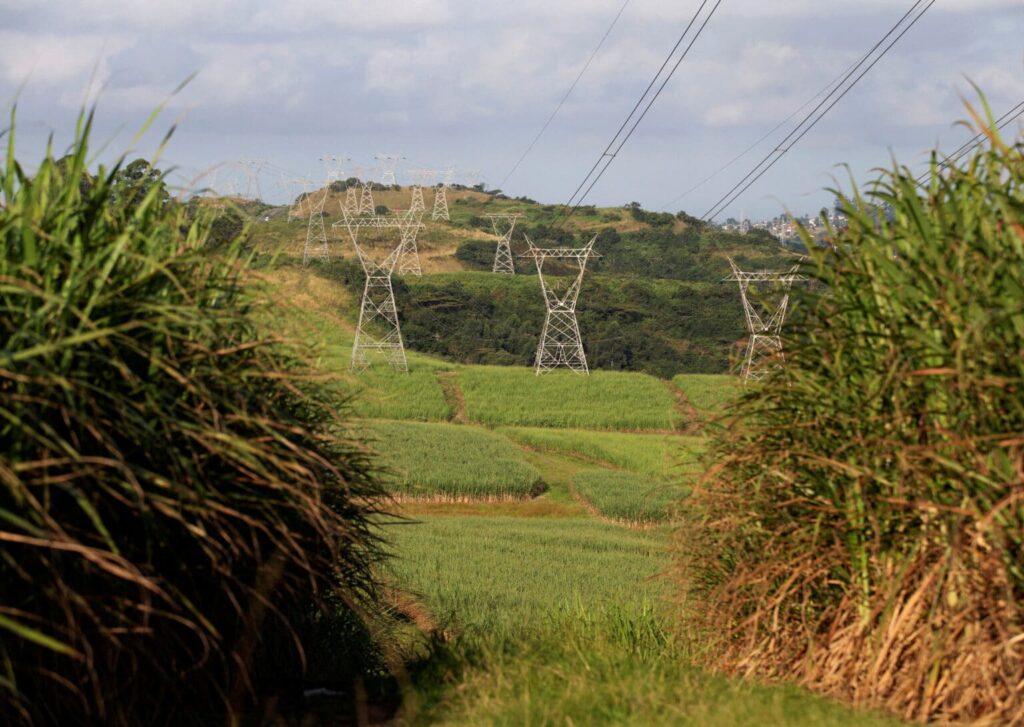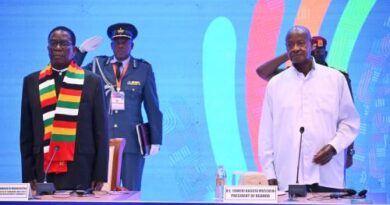South African Independent Power Producers Seek Compensation Amid Output Curbs
Private power producers in South Africa are advocating for fair compensation due to revenue losses incurred when complying with state utility Eskom’s requests to limit electricity supply to the national grid. This development comes as Eskom grapples with a shortage of pylons and high-voltage power lines, leading to bottlenecks in the country’s transmission system.
Eskom has proposed a mechanism to the National Energy Regulator of South Africa (Nersa) to compensate independent power producers (IPPs) for up to 10% of their lost revenue due to curtailment. This proposal is part of a broader effort to introduce regulatory reforms as South Africa moves to open up its electricity market, the largest in Africa.
“We are hoping that there will be adequate compensation for generation that is curtailed,” said Ian Burger, Technical Director at SOLA Group, a private power developer. Burger noted that in April and May, SOLA Group’s two solar PV plants in Lichtenburg, each generating just over 100 megawatts (MW), were asked by Eskom to reduce output by up to 80%, leaving them to produce only 20 MW per day. These plants supply power to the mining company Tronox.
Eskom’s studies suggest that the costs associated with curtailing renewable energy generation are significantly lower than the billions of dollars required to upgrade the network to handle the same capacity of renewable power. By limiting generation from independent producers, Eskom estimates it can free up approximately 3,470 MW of additional capacity on the grid.
In July, Nersa released a draft policy on curtailment congestion based on Eskom’s application to classify it as a “constrained ancillary generation service.” This classification would allow Eskom to use specific formulas to reimburse renewable energy plants for power curtailed due to grid congestion.
Kilian Hagemann, CEO of G7 Renewable Energies, pointed out that while the proposal raises the possibility of minimizing costs for consumers, the specifics will be crucial.
“The devil still is in the detail, but this raises the possibility of further minimising the cost borne by consumers by curtailing those IPPs with the lowest tariffs first, as opposed to everyone equally,” Hagemann said.
Eskom has managed to provide continuous electricity for the past five months, a milestone not achieved since 2020, reducing its reliance on renewable energy to stabilize the grid. However, congestion curtailment is expected to become routine from 2026, with levels increasing as more renewable energy projects come online.
Source: CNBC AFRICA



